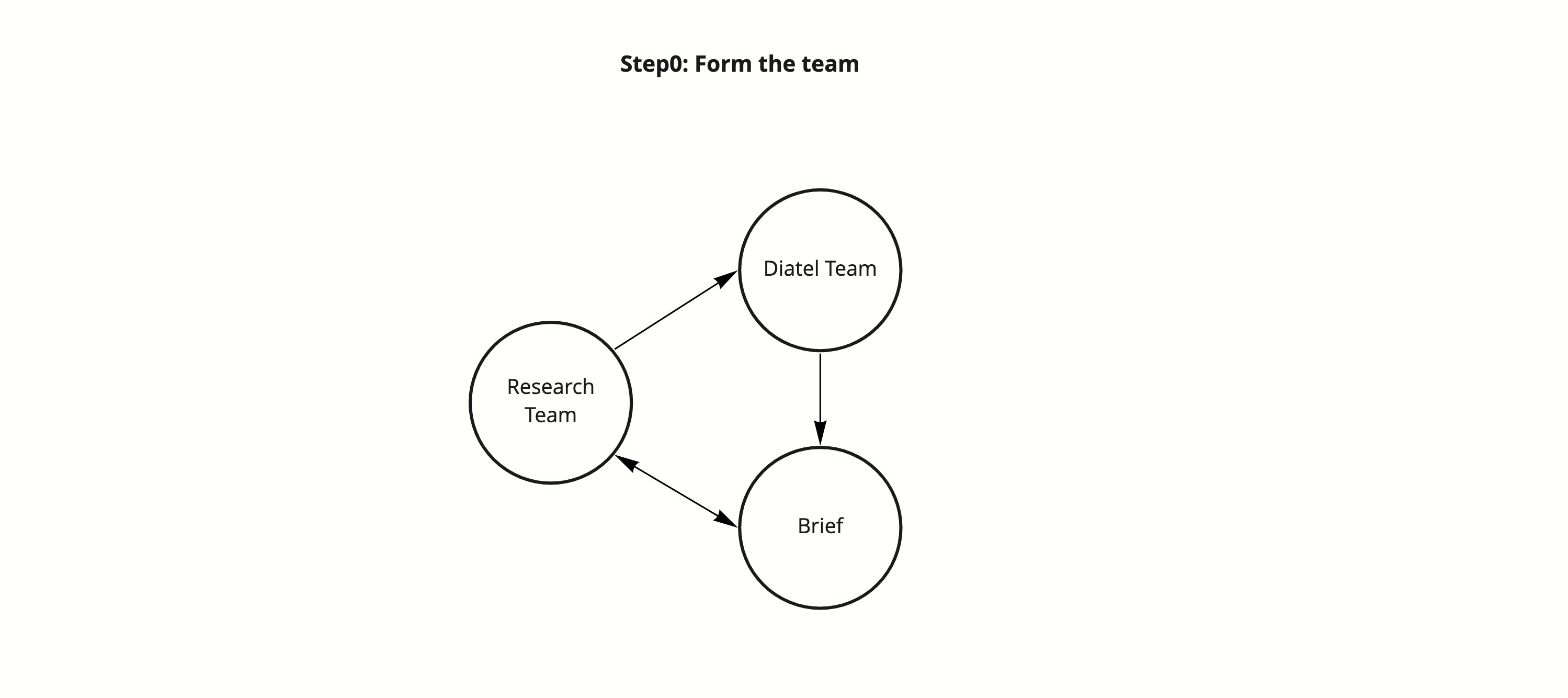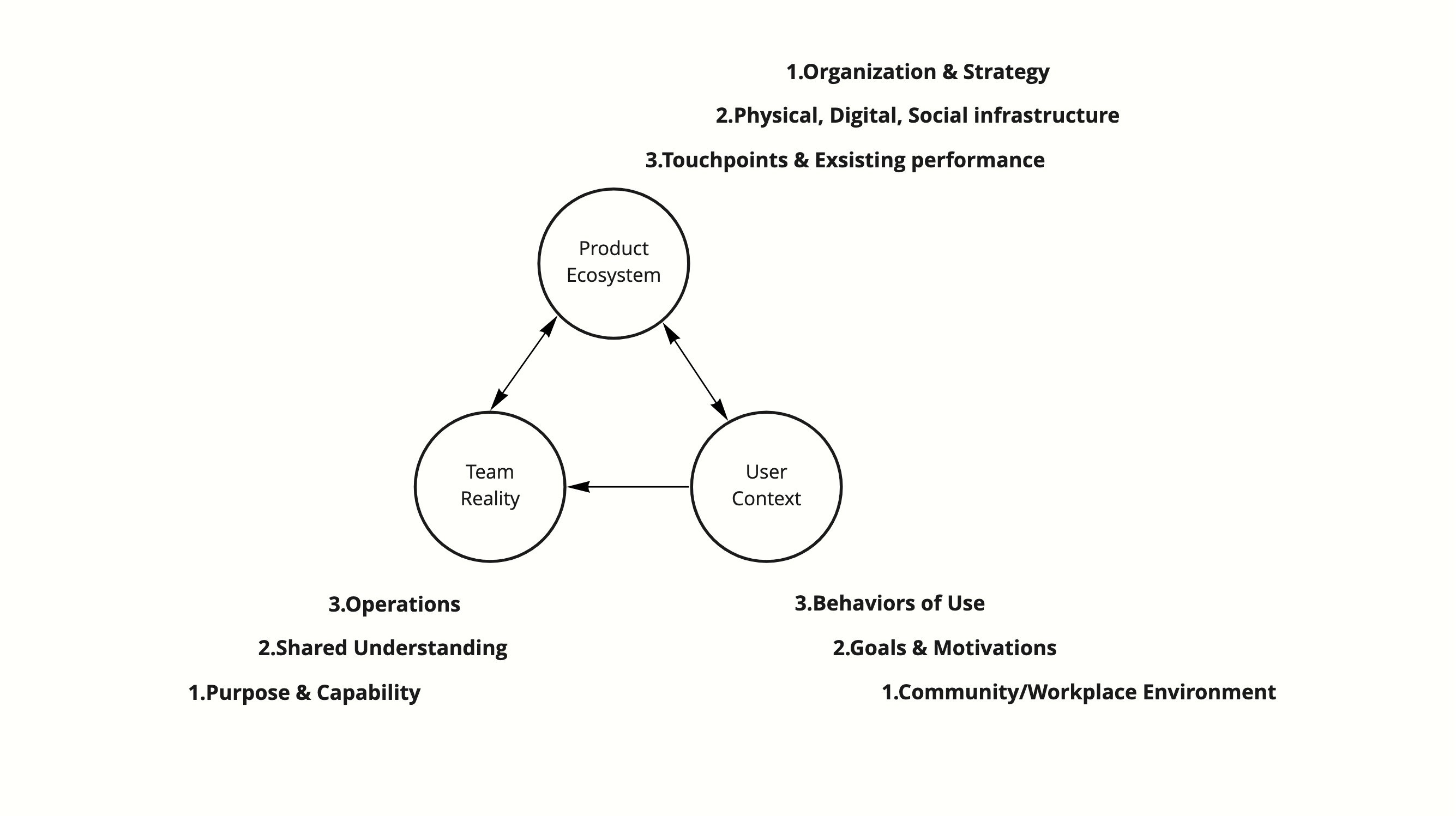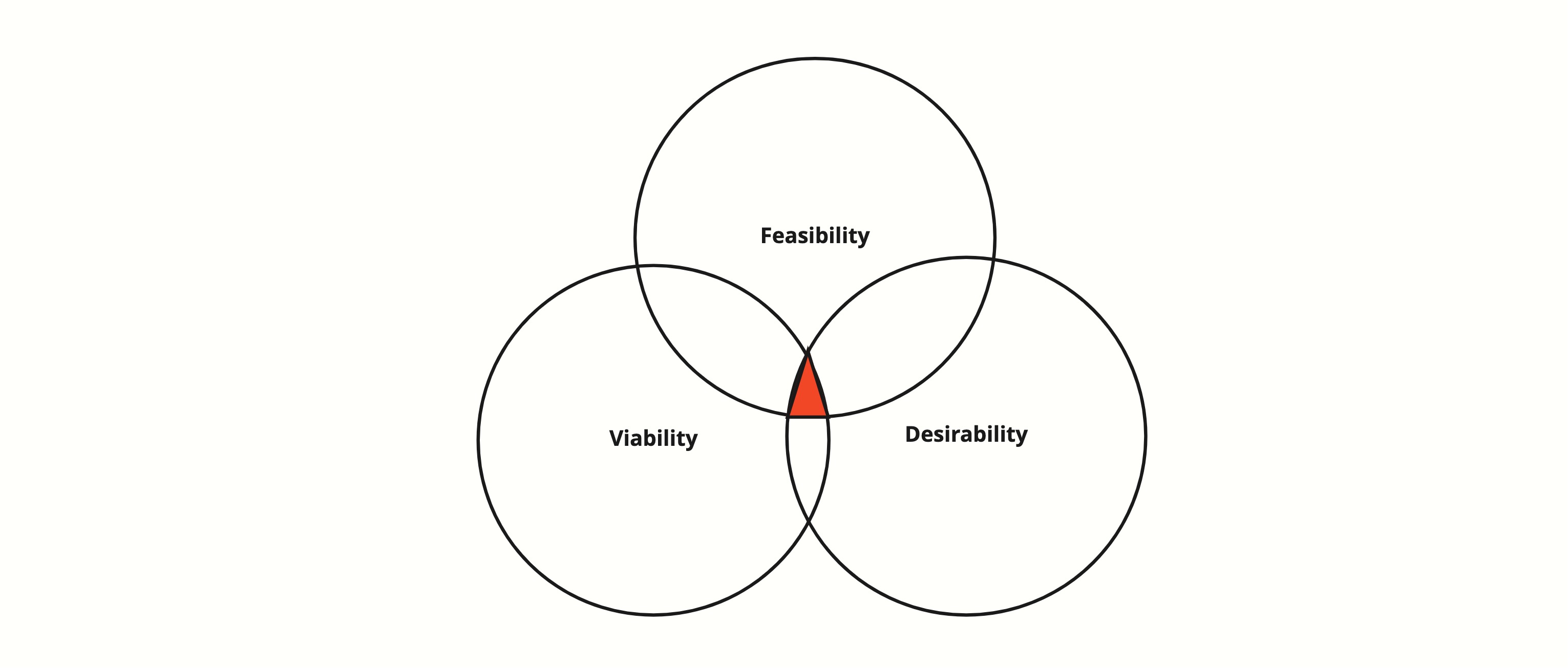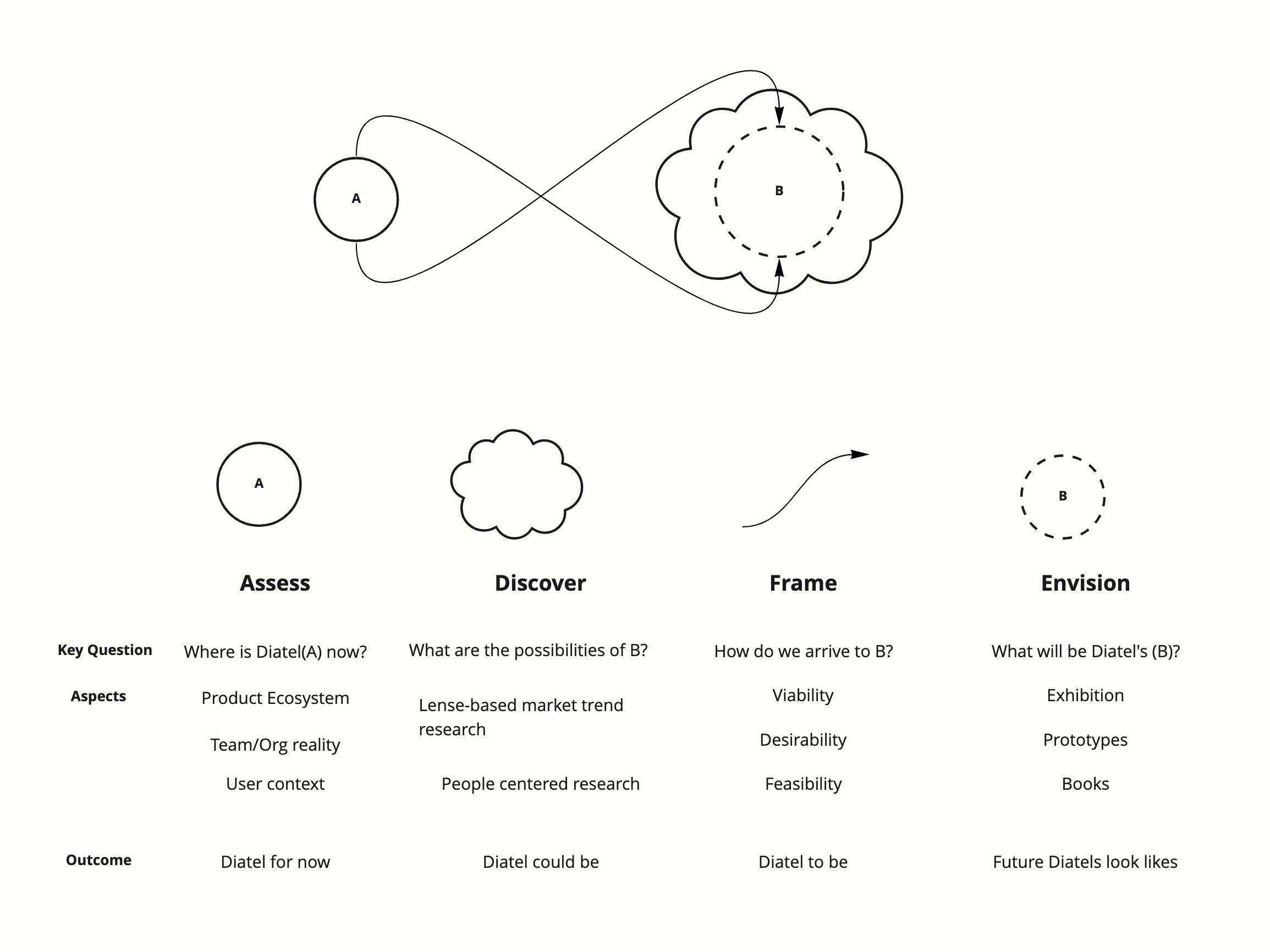From A to B: a design research plan for health product innovation
MY ROLE
Project planner and pitcher
BRIEFCreate a research plan proposal for a diabetic tech startup called Diatel(psuedo name) on their potential new product innovation.
Overview
Goal
The goal of the research is to help define a vision for Diatel's new venture. And the new venture will help Diatel to differentiate from the competitors and also better serve the needs of diabetics in the U.S.
Current Status
They are thinking about a digital product/service in relation to the telemedicine, and need to envision what their product could/should be.
Research Role
My role as a researcher to shape the plan is to allow the team to get excited about where they are heading to but also the directions needs to align with their existing product ecosystem, team reality and of course the most importantly, the user context.
Research Overview
Step 0: Form

Team Forming Overview
Research Team:
My team, depends on the scale, but one/two juniors for assisting the work and one senior for the direction
Diatel Team:
Who should be involved: Product, marketing and operation team should be involved. But most importantly, the product team needs to set up their time for this research project.
The Diatel Team also needs to decide for each team, who would be the point of contact. The point of contact will be responsible for cordinating within the Diatel. There will be a talk with the CEO/leadership team to ask to appoint one.
Brief:
There needs to be a workshop session to clarify the brief: Why does the team get excited about telemedicine? Why does it have to be digital service product? Future? How far is the future? How long is the timeline?
Step 1: Assess
 Process Overview
Process Overview🕸 Product Ecosystem
Activities: Interviews with the Product Managers
Outcome: Product Ecosystem Mapping
Question Examples:
PE(Product Ecosystem)1: Organization & Strategy
- How is the organization structured, with respect to product development?
- What is its espoused product strategy, and how do those goals relate to real-world competitive landscape?
- What are the major rituals or checkpoints that drive product/strategy decisions?
PE2: Physical, Digital, Social Infrastructure
- What architectural infrastructure and information systems make up the core product area at hand?
- What is the relationship between the product’s platforms, services, systems and this team’s ownership of their scope & dependencies?
PE3: Touchpoints & Existing Performance
- What is the product’s existing surface area? How is it exposed to the world?
- How are users interacting with it?
- What are the key signals, data, or channels in use to paint a picture of the product’s performance?
🎳 Team Reality
Activities: Workshop with the Diatel team
Outcome: Team principles and capacity mapping
Question Examples:
TR1: Purpose & Capability
- How is the team staffed and how are its members assigned, and in what structures?
- What’s the point of the team existing—and how do its various members see that?
- What is the extent of the team’s digital related capability?
TR2: Shared Understanding
- Where does the team feel it has autonomy? What are the major felt constraints?
- How hands on does team have on understanding type 2 diabetes?
- How much does team know about telemedicine?
- What artifacts, systems, or language does the team use to characterize the user and business-strategic contexts it’s working in?
- How do the team members describe the purpose of their current work and its larger implications?
TR3: Operations
- How often does team interact directly with diabetics
💉 User Context
Activities: Existing research review; Expert interview with Diatel's designer, product managers
Outcome: People-centered assumption mapping
Question Examples:
UC1: Community / Diabetics Living Environment
- How well does the team understand the specific family / community / environment of diabetics, its language and its norms?
- What roles and relationships are at play?
- Who is using the product, and in what ways?
UC2: Goals & Motivations
- How does the team characterize its various personas’ goals, or specific segments’ Jobs to be Done?
- Do we know what success looks like, in its potential variety of forms?
UC3: Behavior
- What are people actually doing right now?
- What do we know about how they use Diatel's product?
- How do people with similar goals act, without Diatel's core product?
Step 2: Discover

Discover
During the Discover phase, the team will go through three actions: 1. Lens-based market trend research; 2. Customer research; 3. Opportunity and idea generations workshop.
Act 1: Lens-based market trend research
During this step, through expert interviews and desk reviews, the team will look into the field of telemedicine with various lenses: Economical, Technological, Social, Legal, Medical and Ethical. The output of this step will be scenario cards and also case studies for inspirations.
Example questions:
- What is telemedicine
- Current successful examples telemedicine product/company? Why are they successful?
- What are the implications of telemedicine in the next 10 years?(Through different lenses)
- What will be the projects situation of diabetics disease in the next 10 years?
- What are current available diabetics-related digital product in the market? Evaluate them?
Act 2: Customer research
During this step, the team will conduct 8-12 in-depth customer interviews to get a contextual understanding about their needs and challenges. The output of this step will be customer insights report and opportunity areas.
Example questions:
- What are the relevant stakeholder related to type 2 diabetics?(Stakeholder mapping with patient/expert)
- What are the key scenarios for type 2 diabetics in their common living, seeking medical help and working situation? In these scenarios, what are their behaviors? What decisions do they need to make? How do they feel? What are their painpoints? (A day in the life, journey mapping, co-creation workshop)
- What are their thoughts on telemedicine? Their thoughts on technology?(Sacrificial concepts)
Act 3: Opportunity and idea generation Workshop
During this step, the team will invite relevant stakeholders to decide on which opportunity areas to pursue and then collective generate potential solutions under this opportunity area. The output of this step will be one opportunity area and ideas to bring to the prototyping.
Step 3: Frame
 Frame
FrameDuring the Frame phase, the team will outline and decide on which ideas to pursue furthure. And to achieve this goal, the team will first flesh out the ideas from the idea generation workshop with business model canvas. And secondly, the team will score the ideas based on the three aspects of innovation: Feasibility, Viability and Desirability.
Example Questions -Feasibility
- How well does the idea fit into Diatel's organization, structure?
- How well does the idea fit into Diatel's physical, digital and social infrasturcture?
- How well does the idea fit into Diatel's touch points and existing performance?
Example Questions -Viability
- How well does the idea fit into Diatel team's purpose?
- How well does the idea fit into Diatel's shared understanding?
- How well does the idea fit into Diatel's operations?
Example Actions -Desirability
- Create low-fidelity prototypes to test with diabetics patients to understand their opinions
Step 4: Envision
 Envision
EnvisionDuring the Envision phase, the team will present the learnings and potential directions in an interactive storytelling format. Three directions will be made in the form of clikable digital prototype accompanied with a video to explain what it entails and the reasons behind. An exhibition will also be held showing the process in each step and the top three directions. To make it more accessible, there will be booklet(digital or physical) to clearly indicate the process and next steps.
